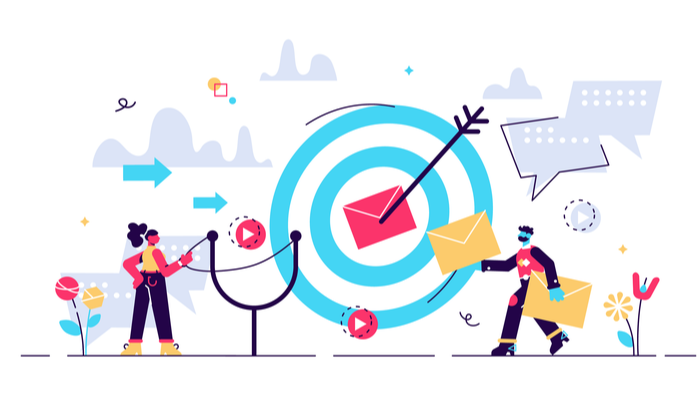10 Direct Response Marketing Examples

By Neil Patel
With the competition for customers becoming stiffer by the day, brands have to be savvy about the way they do their marketing.
You must employ marketing strategies that work.
One such marketing strategy is direct response marketing.
Unlike other marketing strategies that focus on building relationships with prospects first, direct response marketing seeks to turn prospects into customers in one step.
What is Direct Response Marketing?
Direct response marketing is any marketing technique designed to elicit an immediate response from your target audience. The required action can be anything from reading a blog post to downloading a resource or making a purchase.
It focuses on making things happen as soon as the prospect digests your marketing material.
For it to be effective, your direct response marketing campaign must cleverly package your value proposition, pitch, and call-to-action (CTA) in one place. This strategy results in the prospect moving quickly from your buyer journey’s consideration stage to the decision stage.
While most people associate direct response marketing with direct mail, that is only one part of it. This strategy can also include:
- landing pages
- social media ads
- paid ads
- TV/radio commercials
In a nutshell, it’s any type of marketing that requires an immediate response with the primary goal of getting a return on your investment as soon as possible.
Advantages of Direct Response Marketing
Direct response marketing has many advantages, including:
- Trackable: One of the most significant advantages of direct response marketing is that it’s easy to track and analyze performance.
- Measurable: Breaking it down by return on investment (ROI), it’s easy to measure how much you spend to reach each customer. You can also easily measure the success of the campaign.
- Targeted: Direct response marketing is fueled by data, making the campaigns more targeted. The result is higher conversion rates.
Of course, the most significant advantage is the speed with which direct response marketing produces results. This and other benefits make it a marketing strategy you should employ as much as possible.
4 Key Components of Direct Response Marketing
Every direct response marketing campaign has common elements that ensure its effectiveness in reaching your marketing goals. Here are the key components:
1. A Personalized Offer
The key to an effective direct response marketing campaign is to know your target audience. You must know their pain points and aspirations to create an offer that’s personalized. Research indicates that 80 percent of customers are more likely to do business with a brand that offers personalized experiences.
2. Clear and Compelling Content
For a campaign to be effective, you must craft content that’s:
- Clear: Use simple, everyday language so anyone who reads it can understand what you’re selling (especially the benefits) and what action you want them to take.
- Compelling: Direct response is all about getting customers to react immediately. Use active voice and power words to make your message elicit the desired reaction.
Invest in good writers as your campaign’s success hinges on your copy.
3. A Sense of Urgency
A critical component that helps drive conversions is …read more
Source:: Kiss Metrics Blog








